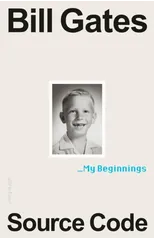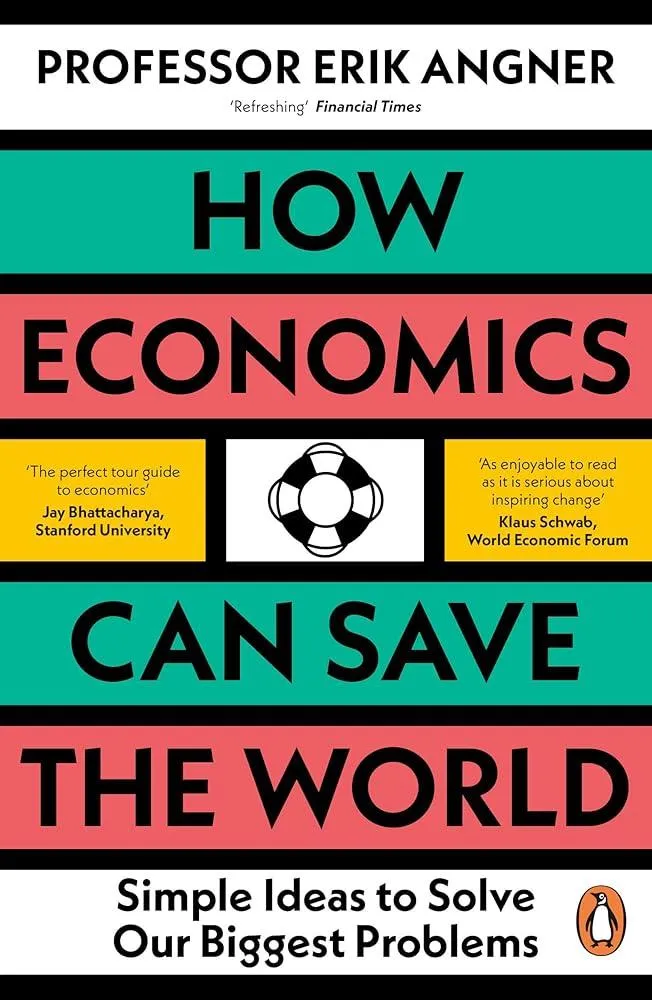This textbook looks at decisions – how we make them, and what makes them good or bad. In this bestselling introduction, Erik Angner clearly lays out the theory of behavioral economics and explains the intuitions behind it. The book offers a rich tapestry of examples, exercises, and problems drawn from fields such as economics, management, marketing, political science, and public policy. It shows how to apply the principles of behavioral economics to improve your life and work – and to make the world a better place to boot. No advanced mathematics is required. This is an ideal textbook for students coming to behavioral economics from various fields. It can be used on its own in introductory courses, or in combination with other texts at advanced undergraduate and postgraduate levels. It is equally suitable for general readers who have been captivated by popular-science books on behavioral economics and want to know more about this intriguing subject. New to this Edition: - An updated chapter on behavioral policy and the nudge agenda. - Several new sections, for example on the economics of happiness. - Updated examples and exercises, with an expanded answer key - Refreshed ancillary resources make for a plug and play experience for instructors teaching behavioral economics for the first time.
Erik Angner
Erik Angner is a Swedish philosopher and author known for his influential work "A Course in Behavioral Economics." His writing style is clear and accessible, making complex concepts understandable to a wider audience. Angner's key contribution to literature lies in bridging the gap between economics and psychology through his insightful analysis.







